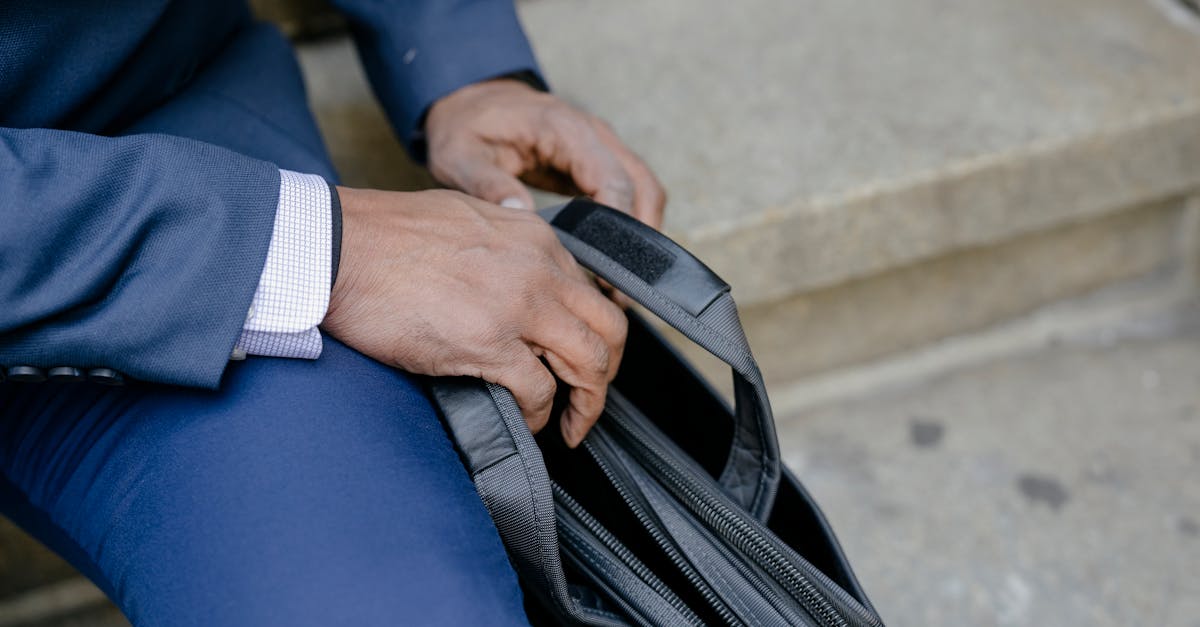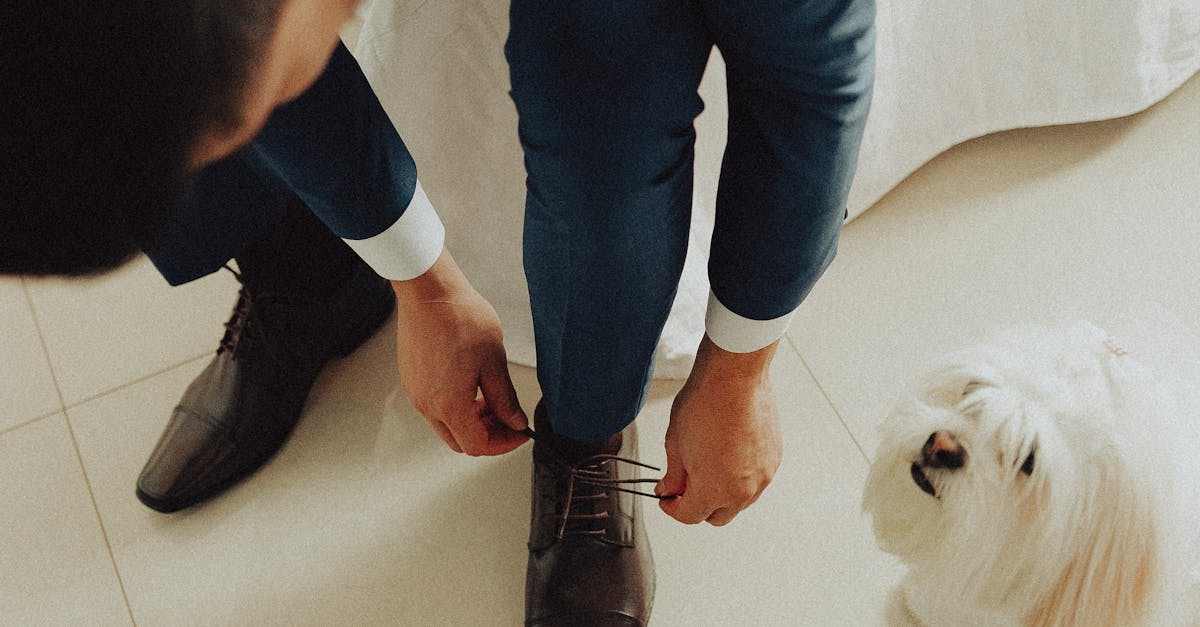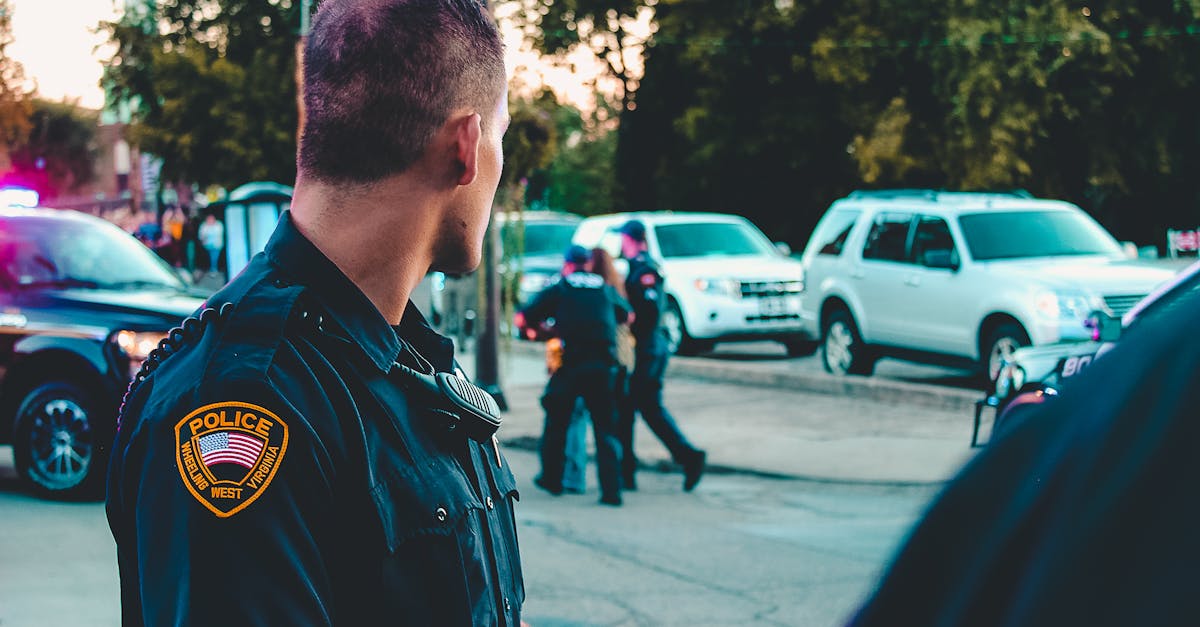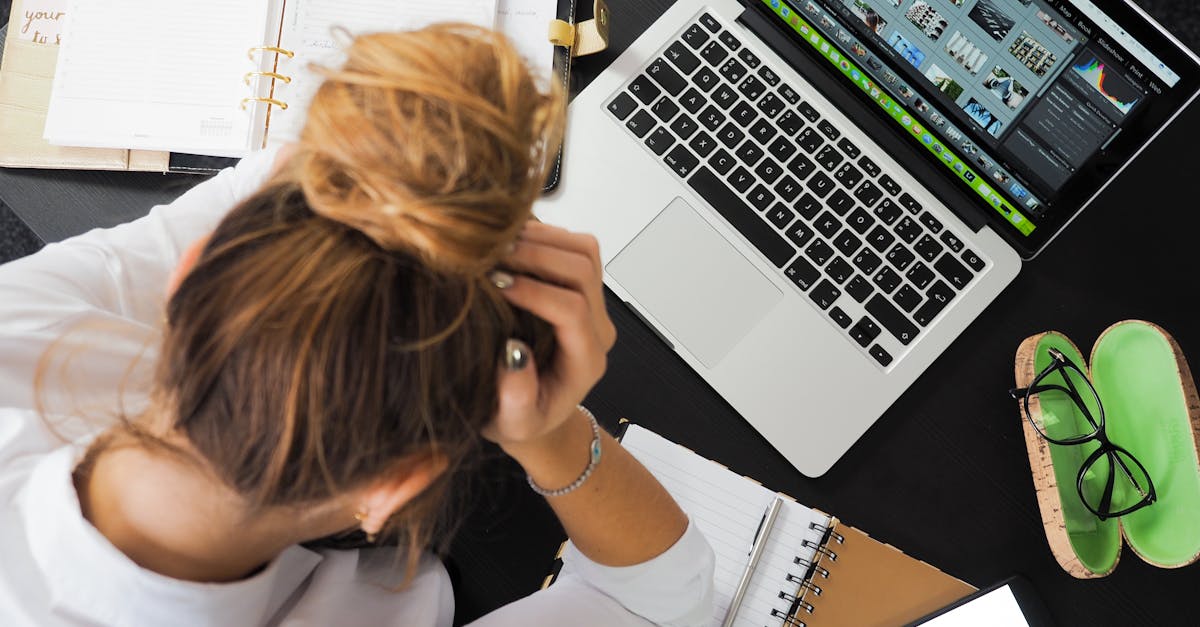
Piercing Guide For Safe Body Modifications
- October 01, 2024
- 3 min Read
- Views 738
Piercing Guide for Safe Body Modifications
Embarking on a journey of body modifications such as piercings can be both thrilling and transformative. However, ensuring the process is safe and well-informed is crucial to avoid any complications. This comprehensive piercing guide for safe body modifications will enlighten you on everything you need to know about getting pierced safely and confidently.
Understanding Body Piercing
Body piercing involves puncturing or cutting a part of the human body to create an opening in which jewelry can be worn. The practice has existed for centuries and holds cultural, aesthetic, and personal significance for many individuals. Modern body piercing encompasses various styles including ear, nose, lip, eyebrow, navel, and more intimate areas.
Choosing a Professional Piercer
One of the most critical steps in the piercing process is selecting a qualified and professional piercer. A professional should possess formal training and experience in body modifications. Ensure they adhere to stringent health and safety standards, use sterilized equipment, and have a clean and hygienic studio. Don't hesitate to ask for certifications, read reviews, and even visit the studio before making an appointment.
Preparation and Aftercare
Preparation and aftercare are vital components of a successful piercing experience. Prior to getting pierced, stay well-hydrated, avoid alcohol, and maintain good hygiene. Aftercare varies depending on the piercing location but generally includes cleaning with a saline solution, avoiding unnecessary touching, and following specific guidelines provided by your piercer. Proper aftercare reduces the risk of infections and promotes faster healing.
Guide Steps
- Research: Gain comprehensive knowledge about the type of piercing you want, its healing time, and potential complications.
- Find a Certified Piercer: As mentioned, seek a licensed and experienced professional by checking reviews and certifications.
- Consultation: Schedule a consultation to discuss your desired piercing, suitable jewelry, and any health concerns.
- Procedure: On the day, ensure the piercer uses sterilized needles, gloves, and tools. Be calm and follow the piercer’s instructions.
- Immediate Aftercare: Follow the piercer’s immediate post-procedure instructions including cleaning with saline solution.
- Long-Term Aftercare: Adhere to a consistent cleaning routine, avoid changing jewelry prematurely, and monitor for signs of infection.
- Follow Up: Schedule a follow-up appointment if you encounter any issues or if the piercing requires professional attention.
FAQ
Q: How long does it take for a piercing to heal?
A: Healing times vary based on the location of the piercing. Ear lobe piercings typically take 6-8 weeks, whereas cartilage piercings may take several months to over a year.
Q: Is it safe to swim after getting a piercing?
A: It is advisable to avoid swimming in pools, hot tubs, or natural bodies of water until the piercing has fully healed to prevent infection.
Q: What type of jewelry should I use for my new piercing?
A: Use high-quality, hypoallergenic jewelry made from materials like surgical stainless steel, titanium, or niobium to minimize irritation and allergic reactions.
Tags
- Body Piercing
- Safe Piercing Practices
- Body Modifications
- Piercing Aftercare
- Professional Piercers
References
People Also View
-
1October 03, 2024
-
2October 09, 2024
-
3October 03, 2024
-
4October 02, 2024
-
5October 01, 2024
Categories
- Near Me 2147 Posts
- How To 548 Posts
- Where To 257 Posts
- Why 90 Posts
- How Much 97 Posts
- Travel 202 Posts
- Food And Drink 815 Posts
- Shopping 797 Posts
- Lifestyle 1050 Posts
- Automotive 364 Posts
- Digital Income 70 Posts








